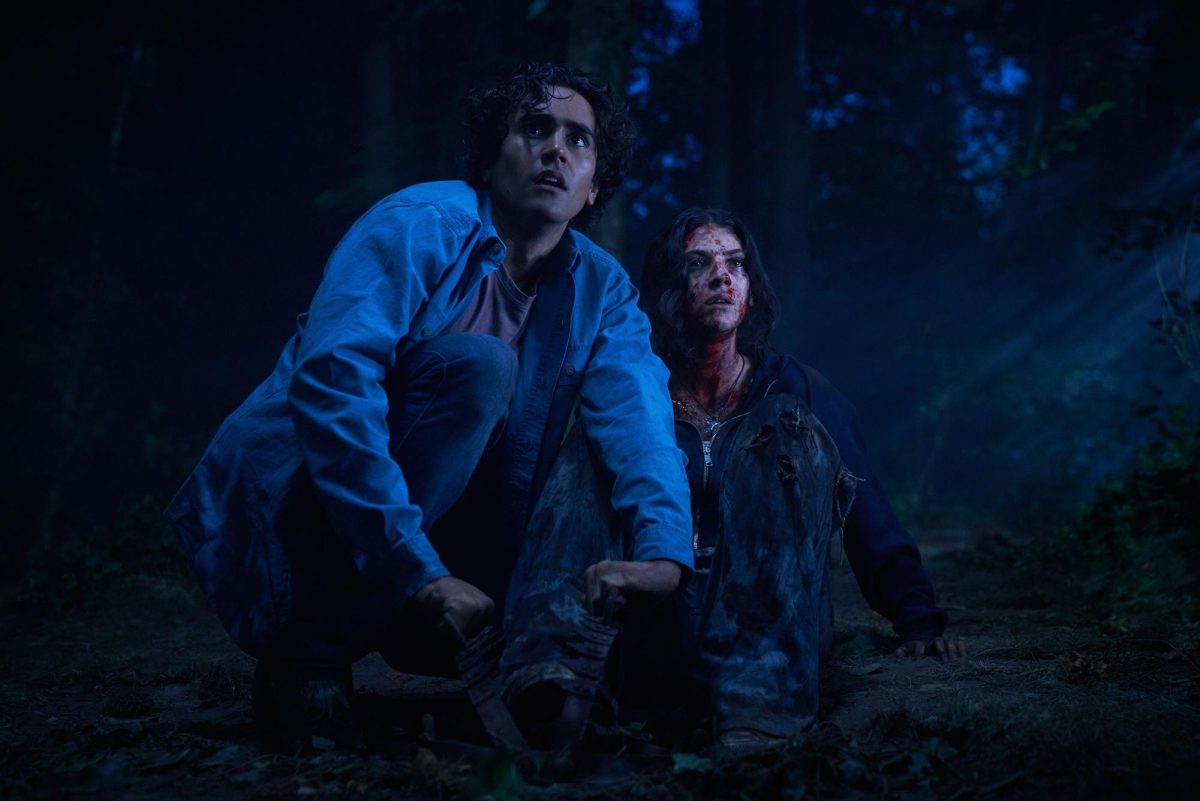Proving that the magic of “The Hunger Games” franchise is not just a one-movie success, the newest adaptation in the series, “The Hunger Games: Catching Fire,” ends up being just as engrossing and memorable as its predecessor.
The plot of the sequel picks up where the previous installment left off in the dystopian, futuristic society of Panem, a state split up into districts ruled by the oppressive Capitol. The districts are in a state of imminent rebellion against the Capitol, but are withheld by the yearly battle known as the Hunger Games. The Games require each district to sacrifice two tributes to fight to the death as a symbol of their subservience to the presiding Capitol.
Now, one year after Katniss Everdeen (Jennifer Lawrence) and Peeta Mellark (Josh Hutcherson) won the 74th Hunger Games together, the pair must once again relive its experiences. Because of a new rule set into motion by the Capitol for the Quarter Quell, the 75th Games, the duo, along with victors from the other districts, must again face the perils of combat — even though they won immunity from future Games. At the same time, the Capitol’s leader, President Snow (Donald Sutherland), haunts Katniss with his promise that any rebellion she inspires will be met with harsh repercussions for both her and her family.
One of the film’s successes is its energetic script, which Simon Beaufoy and Michael DeBruyn crafted. Much of the screenplay’s brilliance stems from its ability to condense the key dialogue and plot from Suzanne Collins’ original book, “Catching Fire,” into a well-structured story arc. Beaufoy and DeBruyn balance the story’s pre-Hunger Games buildup well, with the action-packed moments being within the Games themselves. The end result is a tale that is both engaging as well as enthralling.
One main difference that this film carries from its predecessor is its overall style, which comes from the directorial change. This film, under the new direction of Francis Lawrence, uses clear continuity editing that keeps the viewer in a focused frame, unlike the last one, which used a shakier style. This change helps the flow of the film’s storyline progress while still managing to preserve the raw feeling that was established with the first installment. A problem that stems from the film’s new direction is the pacing that comes off as out of control and leads to some of the story’s key moments, such as the actual Games and the intense combat sequences within, being skimmed through.
The film’s acting was highly memorable, specifically Lawrence’s performance. The recent Oscar winner crafts the believable amount of desperation in her portrayal of Katniss. The fear and anguish that Lawrence uses in her reactions to being placed back into the Games are truthful and heart-wrenching, as viewers watch her being forced to relive the trauma experienced in the previous Games.
Alongside Lawrence, Hutcherson also gives a noteworthy performance that contains confidence and human integrity. This combination helps his character come off as realistic as well as sympathetic.
Additionally, Sam Claflin’s portrayal of fellow Hunger Games combatant Finnick Odair is spot-on. Claflin’s ability to combine the cocky stud with a well-intentioned charmer is superb. Though viewers originally detested Claflin’s casting as Finnick, he eases into his character’s kinder demeanor and unexpectedly wins over the heart of the audience.
Serving as the perfect middle of a story arc that is only increasing in intensity, “The Hunger Games: Catching Fire” is certainly an appropriate lead-in to what is shaping up to be a grand conclusion. With memorable acting and a well-crafted screenplay, this sequel proves to be just as good as its predecessor.
















